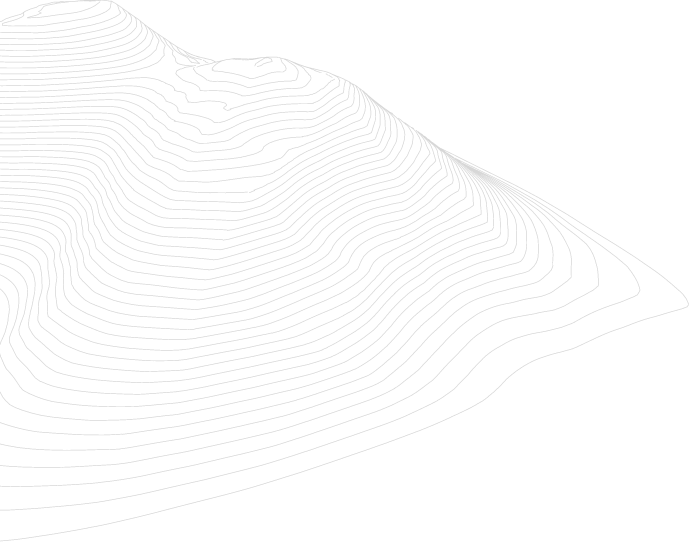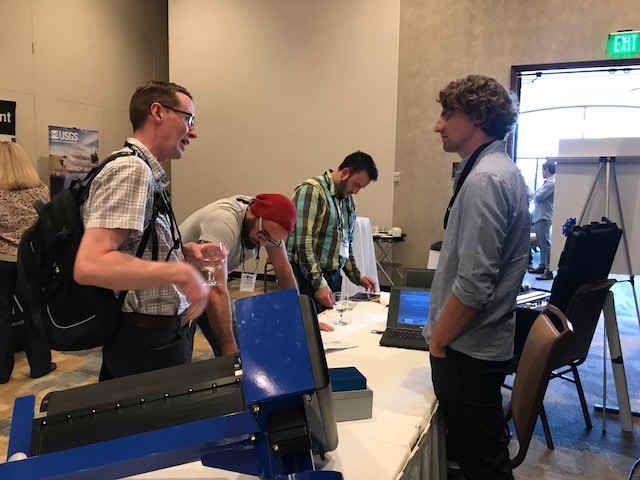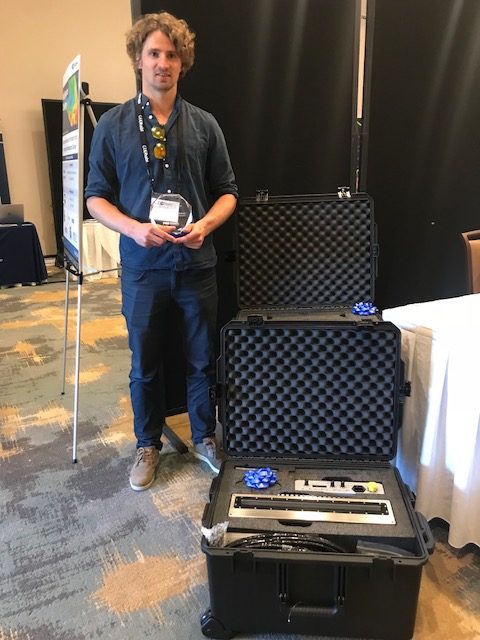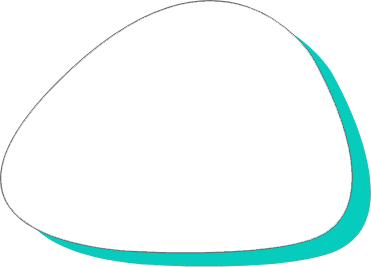
Introduction to the 2017 challenge
In 2017, R2Sonic challenged researchers and scientists to use new ways to uncover the detail hidden in underwater environments. To do it, the 2017 Multispectral Challenge focused on giving researchers hands-on access to R2Sonic’s new proprietary multi-frequency technology. The goal: uncovering new scientific insights in bottom characterization, through the use of multispectral backscatter data.

Mathematical precision was key. R2Sonic asked competitors develop an algorithm that could robustly and repeatedly determine bottom type based on multi-spectrum data.
Six competitors submitted papers, with Timo Gaida from Delft University of Technology ultimately being awarded first place. The prize: the Sonic 2026 system.

Using a multispectral system for greater clarity
“When I started my PhD, I read a lot about using several frequencies for improving the discrimination between habitats and sediments,” notes Gaida. Having conducted some initial research using a data set from the North Sea, Gaida noted some ambiguities in the data. “We could not resolve every type of sediment and grain size because some sediment types looked similar from the acoustic data we had. Then I read about the R2Sonic challenge and the multibeam capabilities … there was a fit with my PhD thesis.”
After Gaida’s supervisors agreed, he began downloading the dataset for the R2Sonic challenge. He then extracted the data for use with his own software, written in MATLAB.
“The first thing I noticed was that the data varied quite a lot between the various frequencies,” Gaida notes. “That was already an indication that there is far more information available [when using] various frequencies, relative to one frequency.”

Gaida also emphasizes the benefits of being able to validate data he worked with from the Bedford Basin, on Canada’s Atlantic coast. “There were two different data sets, separated by two years. This was helpful for validating the processing – otherwise, you are not completely sure that the data is correctly processed, and if the system gives you the real backscatter value.”

The benefits of multibeam technology
Gaida explains that using multispectral technology gives you the opportunity of deploying beams at the same angle at the same location. “This is more or less impossible when you run several lines,” notes Gaida.
Gaida also emphasizes the benefits of the technology in terms of time saving: “Without the multibeam, it would not have been possible – at least for me – as the [survey] time was very restricted.” In general, Gaida explains, “the R2Sonic system was more user friendly than other systems I had used. The surveyor itself has more options for playing around with the data … and it is easier to understand how the processing happens … It’s nice for a researcher to have system that is more ‘open’, and which you can understand the workings of, in terms of saturation and so forth,” Gaida also notes.

The future of multispectrum surveys
“I think that the multispectral element will certainly have an impact in the field,” explains Gaida. “It will increase the quality of mapping of different sediments and environments. It provides new information. There have not been many breakthroughs in the area, so this will definitely add more information to the field.”
“That was already an indication that there is far more information available [when using] various frequencies, relative to one frequency.”
“The R2Sonic system was more user friendly than other systems I had used.”

Timo Gaida wrote a second white paper on a related topic, feel free to download it as well.
Bottom Characterization
University of Alberta & Centre Geomatique du Quebec
- 1
- 2




R2Sonic Multibeam Echosounders

